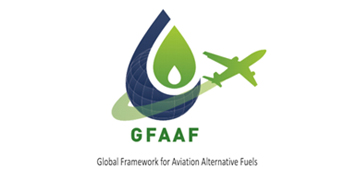A pathway to sustainable aviation: Modeling aircraft takeoff mass for precise fuel-consumption and aircraft emission calculations
Energy
(2025)
FEATURED BOOK
As air travel demand continues to rise, aviation fuel consumption and emissions have become critical concerns. Accurate fuel and emissions calculations depend significantly on aircraft takeoff mass, a parameter often kept confidential by airlines. This study aims to address this challenge by developing a takeoff mass estimation model utilizing Quick Access Recorder (QAR) data, which is optimized and validated through the Improved Simulated Annealing (ISA) algorithm. This model is designed to be adaptable to Automatic Dependent Surveillance-Broadcast (ADS-B) data, providing a novel solution for estimating takeoff mass in the absence of confidential data from airlines. By incorporating the estimated takeoff mass into a framework for fuel consumption and emission calculations based on the Base of Aircraft Data (BADA) and the Engine Emissions Data Bank (EEDB), this study provides reasonably accurate estimations of fuel consumption and emissions across different flight phases. The method is validated with historical data from B738 and A320, yielding an average relative error of 3.34 % in takeoff mass estimation, with 97.81 % of flights falling within a 10 % error margin. Emission calculations align with observed operational pollution patterns. This model enhances fuel efficiency and emissions monitoring, supporting sustainable aviation practices for airlines, manufacturers, and regulatory agencies.
Sustainable aviation; Aircraft takeoff mass; Fuel consumption; Aircraft emissions; Improved simulated annealing algorithm
21 total downloads



 Back
Back



